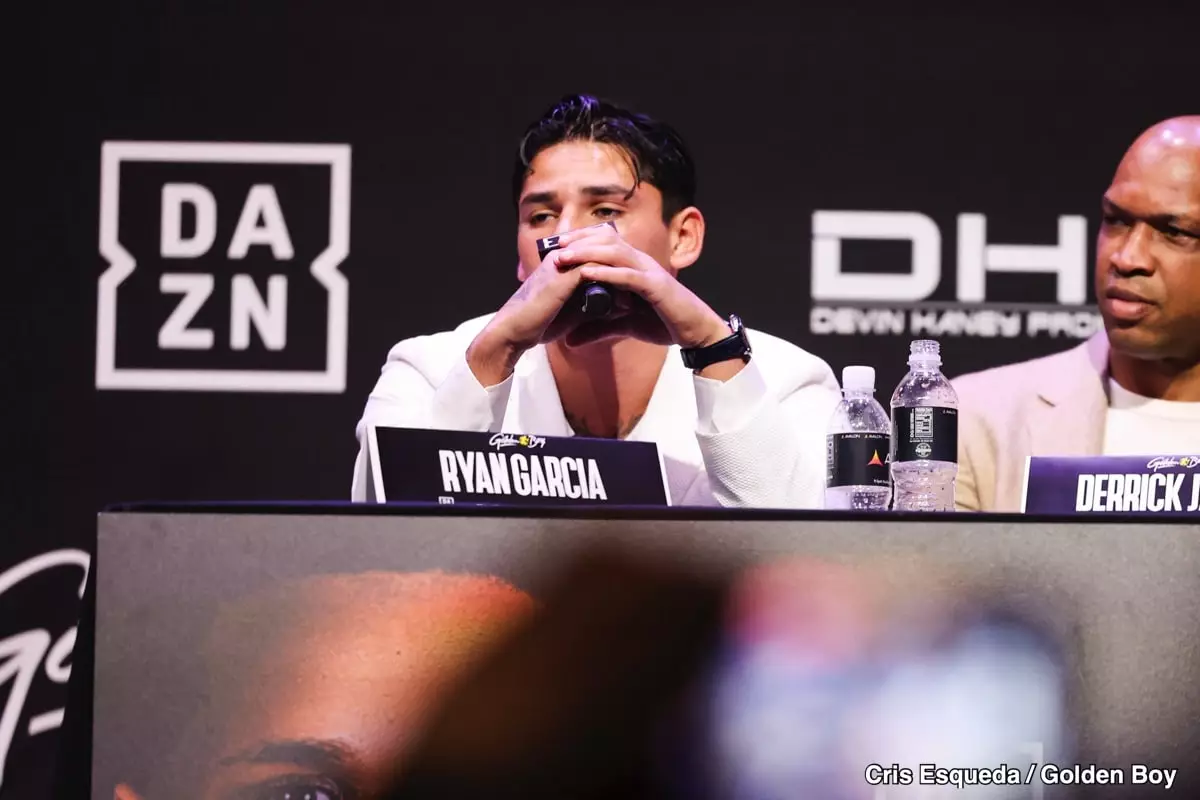In the world of professional boxing, fight scheduling often presents a complex web of negotiations, athlete availability, and strategic choices. A recent example underscores this reality: Isaac ‘Pitbull’ Cruz’s refusal to face Ryan Garcia in May due to a prior commitment on February 1. Instead, Rolando ‘Rolly’ Romero has stepped in as Garcia’s opponent for their bout scheduled for May 2 in New York City’s Times Square. This scenario highlights not only the unpredictability of fight lineups but also the potential ramifications for the boxers involved.
Cruz’s decision to prioritize his upcoming fight against Angel Fierro on an undercard event suggests a strategic approach to his career, prioritizing immediate opportunities over potential high-profile bouts. His commitment to this fight indicates a deeper understanding of the boxing landscape, wherein maintaining a competitive schedule is essential for building and preserving momentum. However, this choice also raises questions about the viability of the Garcia-Romero matchup, given Romero’s recent history against Cruz.
Rolly Romero enters the ring against Garcia with a mixed record in his last fights. Although he was recently able to bounce back from a stoppage loss to Pitbull Cruz, which occurred on March 30, his performance leading up to the Garcia matchup has been scrutinized. He won a 10-round unanimous decision over Manuel Jaimes in a fight that many spectators deemed lackluster. The question remains: is Romero truly prepared for the challenge that Garcia presents, or does he risk being a less formidable opponent?
Furthermore, the fight card featuring Garcia, Romero, Devin Haney, and Jose Ramirez is already set to generate buzz due to the involvement of popular fighters, but its placement on a Friday night feels somewhat unorthodox for major boxing events, traditionally held over the weekend. This scheduling decision could alter the perceived gravitas of the match. Still, fans eager for quality fights will likely overlook the unusual timing in favor of the exciting matchups at stake.
The fight card itself, which includes talent like Garcia and Haney, promises to deliver excitement. However, the question remains: does Romero’s previous encounter with Cruz, which ended in a KO defeat, make him a less compelling opponent? The reality is that boxing fans are drawn not just to the events themselves but to the narratives that surround the athletes—romanticizing the underdog or the rising star. In this case, Romero will need to pull off an unexpected performance against Garcia to sidestep the shadow of his last defeat.
Overall, while the card on May 2 promises excitement, it is crucial for the fighters to deliver performances that not only entertain but showcase their skills. The dynamics at play, from fight rescheduling to fighter form, contribute significantly to not only individual careers but the broader landscape of the sport. As the date approaches, boxing enthusiasts will be eagerly awaiting the outcomes of these matchups and the future implications for these athletes.

